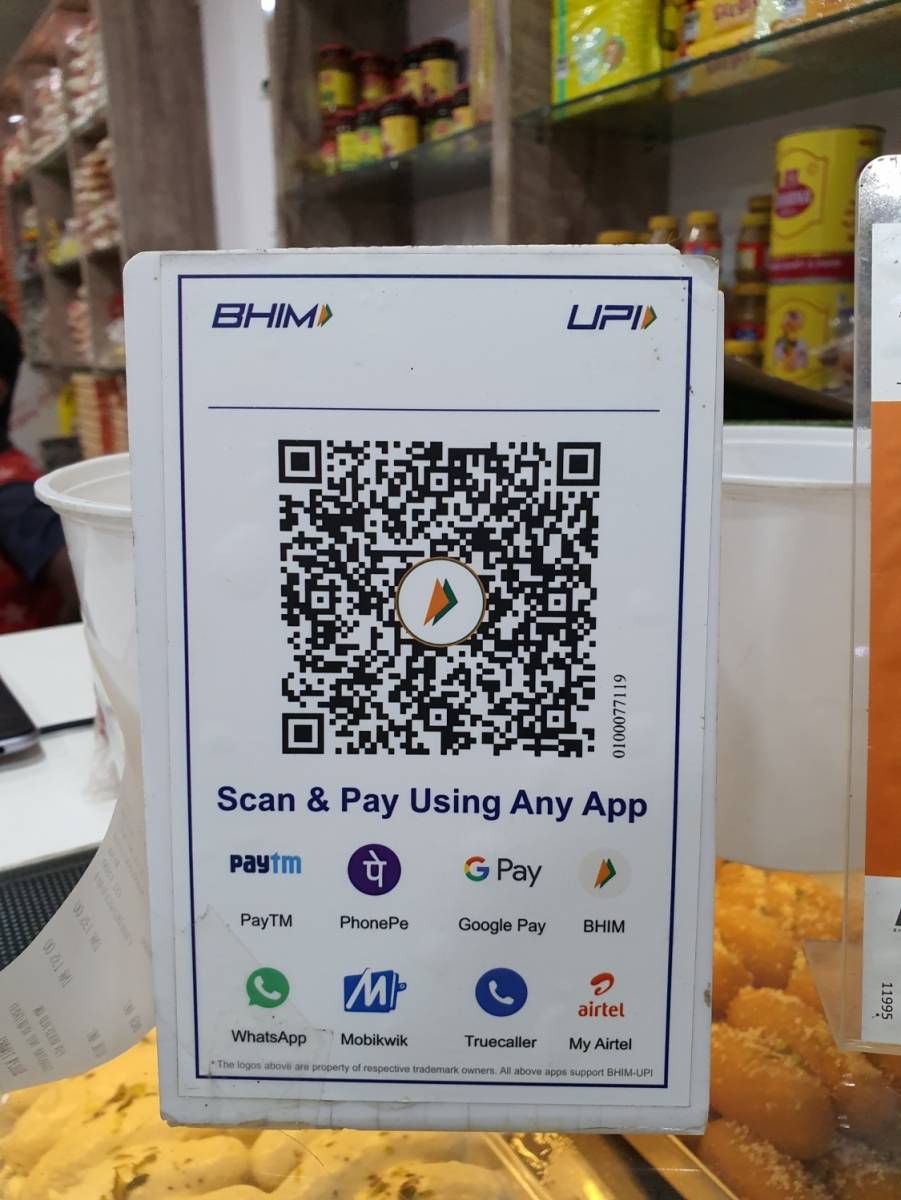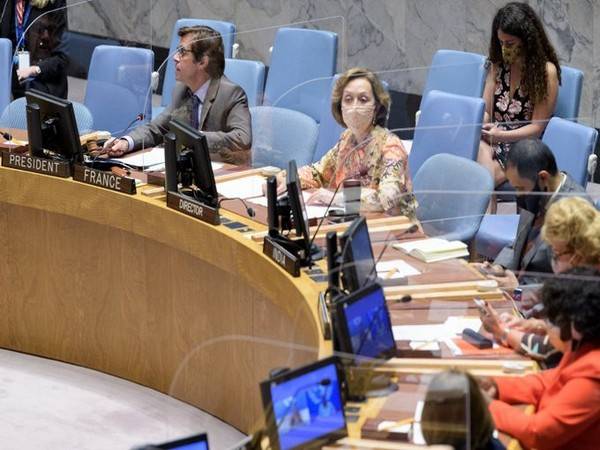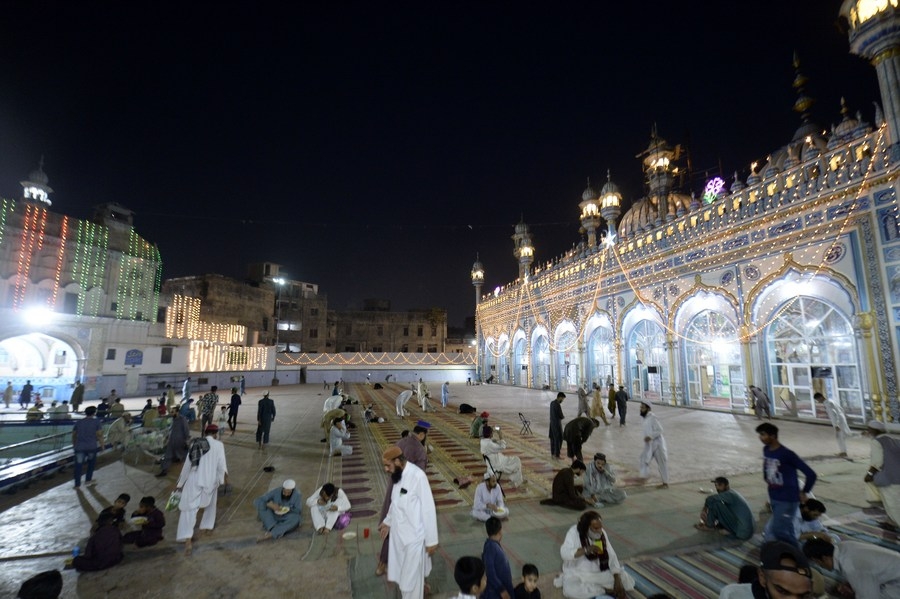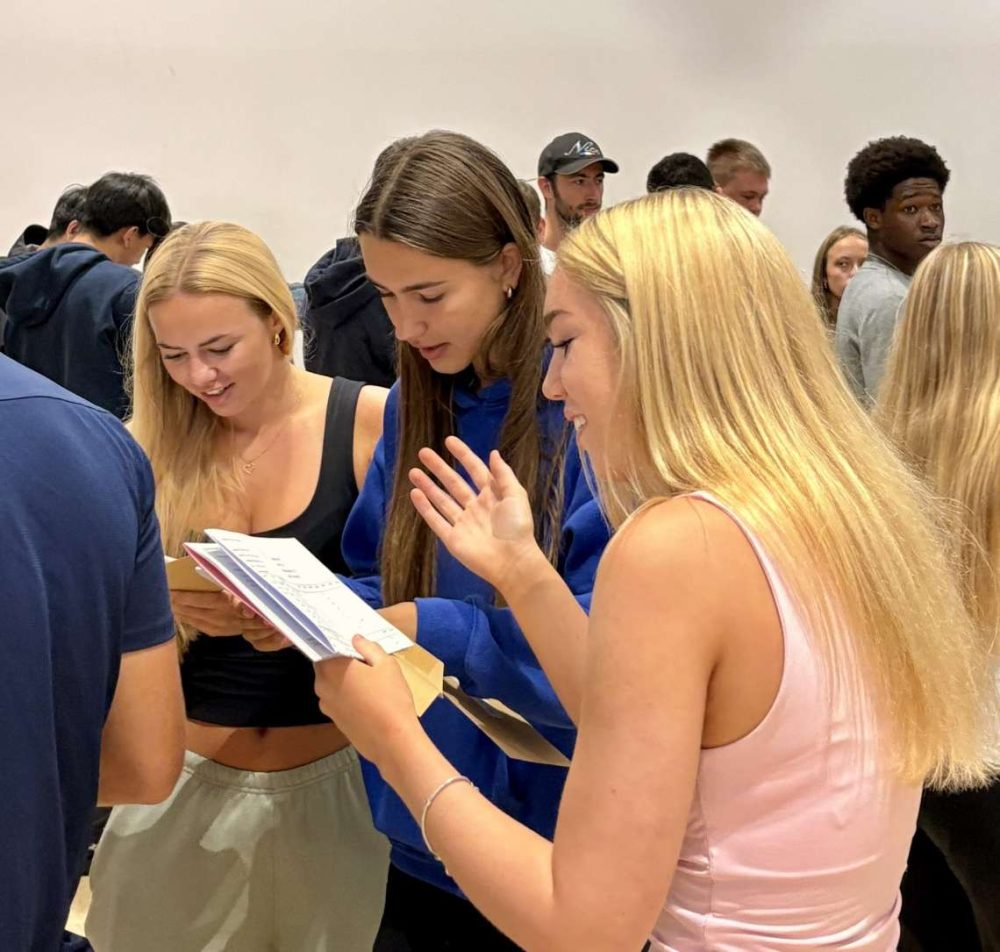This isn’t the story of a single girl or an anecdote confined to a particular locality. It repeats itself with Salamuddin’s daughter Salia in Salarganj…reports Azeem Mirza
Shariba’s father Anwar Baig used to drive a school bus here in Uttar Pradesh. He would ferry the children studying in the prestigious Buddha Public School, earning Rs 8,000 a month, however, his own daughter couldn’t afford to study in that school.
When the pandemic struck, she was a Class 9 student in a local government girls’ school in Qazipura. Anwar’s livelihood came under the threat last year following the enforcement of lockdown and the subsequent closure of schools for an indefinite period.
A few months into the lockdown, the school stopped paying him.
Even as Anwar was staring at unemployment, Shariba’s cost of education shot up. Then, she needed to have a smartphone to attend her online classes. Unable to afford one, she missed all her classes last year. When the schools reopened, her family was unable to pay the fees.
She is at home now. She can’t even attempt her board exams as a private student because technically, she hasn’t completed her ninth grade and isn’t familiar with the tenth-grade syllabus. Shariba broke down when asked what she wanted to study.

This isn’t the story of a single girl or an anecdote confined to a particular locality. It repeats itself with Salamuddin’s daughter Salia in Salarganj.
The first-grader also became discouraged when she couldn’t obtain a smartphone to follow her lessons. The girl’s father works in the informal recycling sector and the lockdown has decimated his business. For him, the concerns of survival supersede his daughter’s education.
Since the lockdown came into force last March, the classroom has gone online. Lessons are being taught through smartphones, laptops and televisions but this has only served to further exclude children from marginalised groups who are already at the risk of dropping out of school at the slightest disturbance to their socio-economic circumstances.
A study titled ‘Gendered impact of Covid on the education of school-aged children in Uttar Pradesh’ revealed that only 15 per cent of children surveyed across 11 districts in UP watched educational TV shows or programmes for educational purposes, even though 53 per cent had a TV set at home.
Most children reported having a phone at home but only 22 per cent had access. This number was even lower for girls at 21 per cent compared to 29 per cent for boys.
The situation is still grim in the rural areas of the district. Khushauli residents and sisters, Muskaan and Shalini Mishra were studying in class 7 and 5 respectively when the pandemic struck.
Now, the government has attempted to make remote learning feasible for such children by making educational programmes available through television channels like Swayam Prabha and Doordarshan, but it has not been uniformly effective.
Muskaan says there is a TV in her house, but the village also suffers from crippling power cuts.
“Sometimes there is no power when the programme is on or the power goes off mid-way through the lesson,” she says.
Her father, Madhur Kumar Mishra, is a small farmer with just over an acre of land and the money they make from cultivating grains is barely enough to run the expenses of the home. She wouldn’t dare ask him for a smartphone.
Muskaan reckons more than half of her classmates have problems attending online classes.
In the same village, Kamlesh Mishra had big ambitions for his daughter Lovely. He too farms on his ancestral land and wanted his daughter to study further.
After Class 8, he pre-enrolled her at the Mahima Inter College, Gokulpur. But when the troubles with the pandemic started, her studies came to a standstill because the family neither had a smartphone nor a television at home. Lovely now spends her time helping her mother with household chores.
For those families owning at least a smartphone, its use for educating girls has been challenging with patriarchal mindsets at play. Geeta (name changed), a child bride, is one such girl who was caught by her brother and father innocently looking at a mobile phone.
Geeta was still living at home with her mother and father and was allowed to go to school before the pandemic. But her brother assumed she was talking to a boy, probably not her husband and decided she was bringing dishonour to the family. The lockdown is stoking anxiety and amplifying issues.
Geeta was first slapped by her brother and then, in anger and despair, she took poison and was rushed to hospital. She was lucky to survive, but as a result of the incident, Geeta was packed off to live with her in-laws and husband.
As soon as this happened, three other girls from her village were sent to their respective marital homes. Families are keen to have one less mouth to feed, and the spouses’ kin are happy to have a girl to work in the home.
In fact, according to the study cited above, 64 per cent of the girls surveyed spent their time on chores and care work as opposed to 78 per cent of the boys who spent their time on leisure. About 54 per cent of the girls were uncertain about returning to school on reopening.
Vikram Solanki, Head of Strategic Expansion (Uttar Pradesh) at Educate Girls, says, “With schools closed, girls, especially adolescent girls are at a higher risk of child marriage, or if already married, being forced to move to their marital home earlier than planned.
Chances of such girls going back to education via online or offline modes are almost nil as they get burdened with household chores and other caregiving responsibilities.”
Even before the pandemic, Bahraich had a dubious reputation as a hub for child trafficking. Children hailing from Bahraich were routinely rescued from Delhi, Rajasthan, Maharashtra and other places where they were found to be engaged in domestic work and other kinds of labour.
There is now enough evidence to suggest that the pandemic and the school closures have only compounded this problem.
In September last year, 48 children were rescued from various hotels and other establishments in Bahraich.
Superintendent of Police Vipin Kumar Mishra had warned that people who employ children would be booked under the Child Labour Act 2016, Bonded Labour Act and Juvenile Justice Act.
Only a month later, Mishra was made project director on a three-year-long research by the Indian Council of Social Science Research (ICSSR) into human trafficking, child labour and child marriage in districts of Bahraich, Shravasti, Gonda, Maharaj Ganj, Lakhimpur Kheri and Pilibhit along the Indo-Nepal border.
Another month later, in November, he rescued a nine-year-old girl who had been sold into servitude by her father for Rs 30,000.
Mishra said that according to the findings that have come out in the initial research, while child marriages during pandemic have been less, both child trafficking and child labour have increased.
He said that since the beginning of the pandemic, two operations were conducted in which 110 children were rescued, including the one in September.
He said there is no data on previous rescues but he believes there has been a hundred per cent increase. Both girls and boys were rescued but the boys outnumbered the girls.

Girls specifically are lured away from homes either on the promise of a job or marriage. They are then pushed into the sex trade or sold as bonded workers into homes where they are also sexually exploited. These girls are often not able to return home because they find no support there.
Despite the Indo-Nepal border being sealed during the pandemic, three cases of trafficking of girls came to light – one from India into Nepal and two from Nepal into India, according to Devyani Chaturvedi, the District Coordinator of CHILDLINE, who is involved in the ICSSR research on cross-border trafficking.
Jitendra Chaturvedi, Director of DEHAT, an NGO that works on child rights and other associated causes, said that there was one case of child marriage that came to his attention during the pandemic, from Risia block in the district. It was stopped with the help of the police but there have been dozens of cases of child labour.
The sad thing, he says, is that most of these children are those that dropped out of school.
Despite knowing fully well the need to keep vulnerable children in school, the district administration has not done much beyond monitoring the situation. The district inspector of schools in Bahraich, Rajendra Kumar, said that WhatsApp groups were formed in 299 schools for the one lakh students studying between Class 9 to 12.
Only 55 per cent of these students were able to study online. Out of these, only 40 per cent were girls.
Even this data is not available when it comes to primary and secondary school students.
The District Basic Education Officer Uday Raj Singh said there are 2,822 schools in Bahraich that cater to students between classes 1 to 8. Four-and-a-half lakh children are registered in these schools but the administration has no idea how many of them were able to access online teaching.
No solution was found to address this problem and now with the second wave of the virus upon us, there is no telling for how long schools will remain shut.

The Director of Panchsheel Development Trust, Dhruv Kumar, said that private donors should come forward to help such students who are missing out on learning due to lack of electronics and the government should provide solar-powered televisions through the gram sabha so that there is no hindrance to education.
Chaturvedi suggested that the government introduce mobile vans to serve these rural areas and, if the situation persists, design and deploy special devices that contain course materials that can be accessed by the children without the distraction of the Internet.
(The author is a Bahraich-based freelance journalist and a member of 101Reporters.com, a pan-India network of grassroots reporters)














